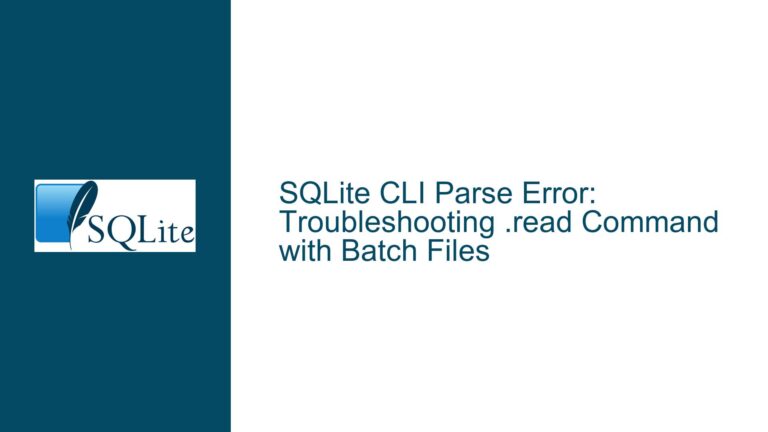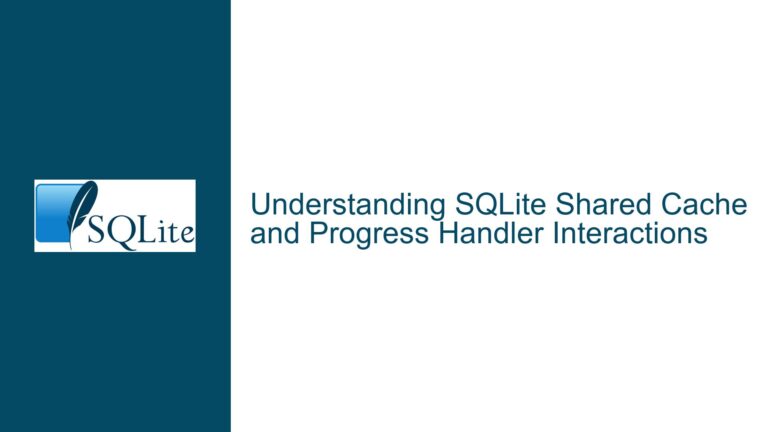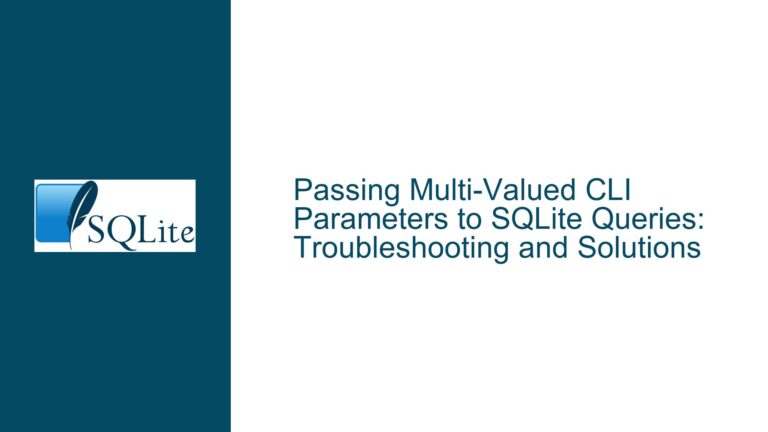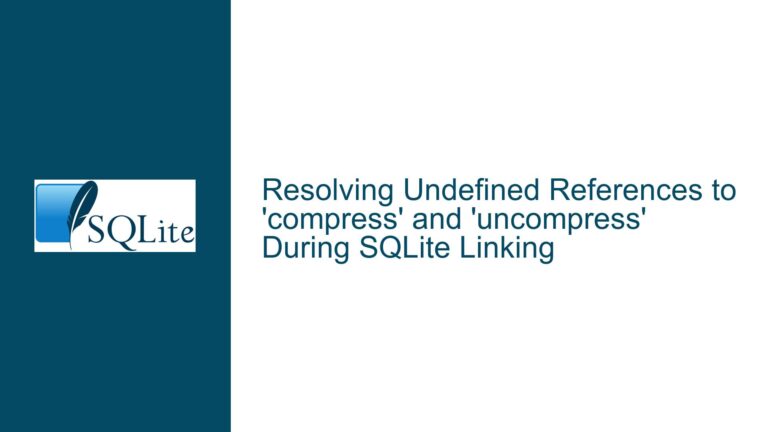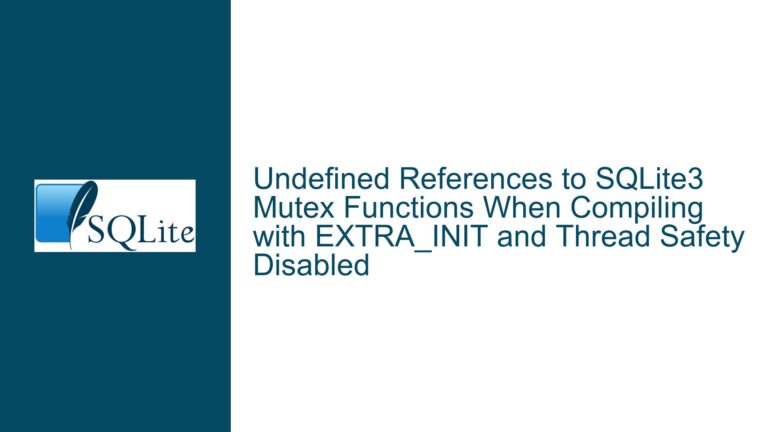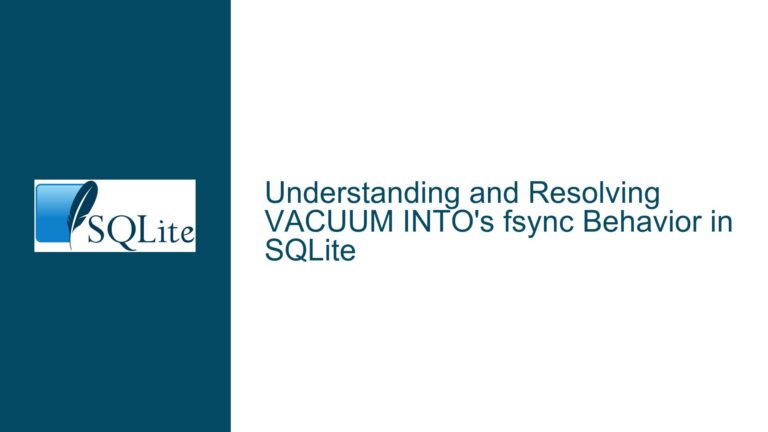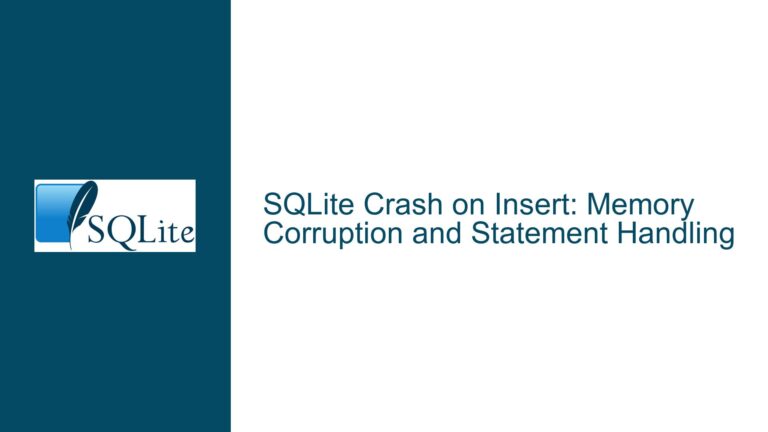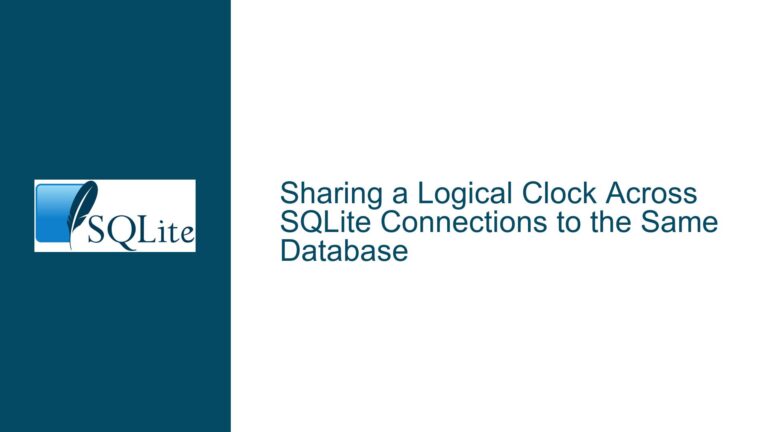SQLite TRUNCATE Journal Mode and File Permission Changes
Understanding TRUNCATE Journal Mode and File Permission Behavior The TRUNCATE journal mode in SQLite is a method of committing transactions by truncating the rollback journal file to zero length instead of deleting it. This approach is often chosen for its performance benefits, as truncating a file is generally faster than deleting and recreating it. However,…

